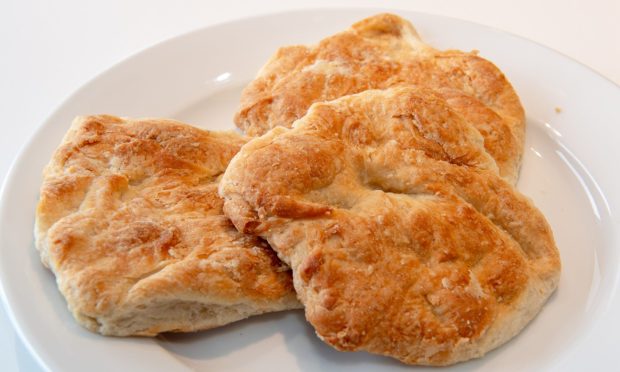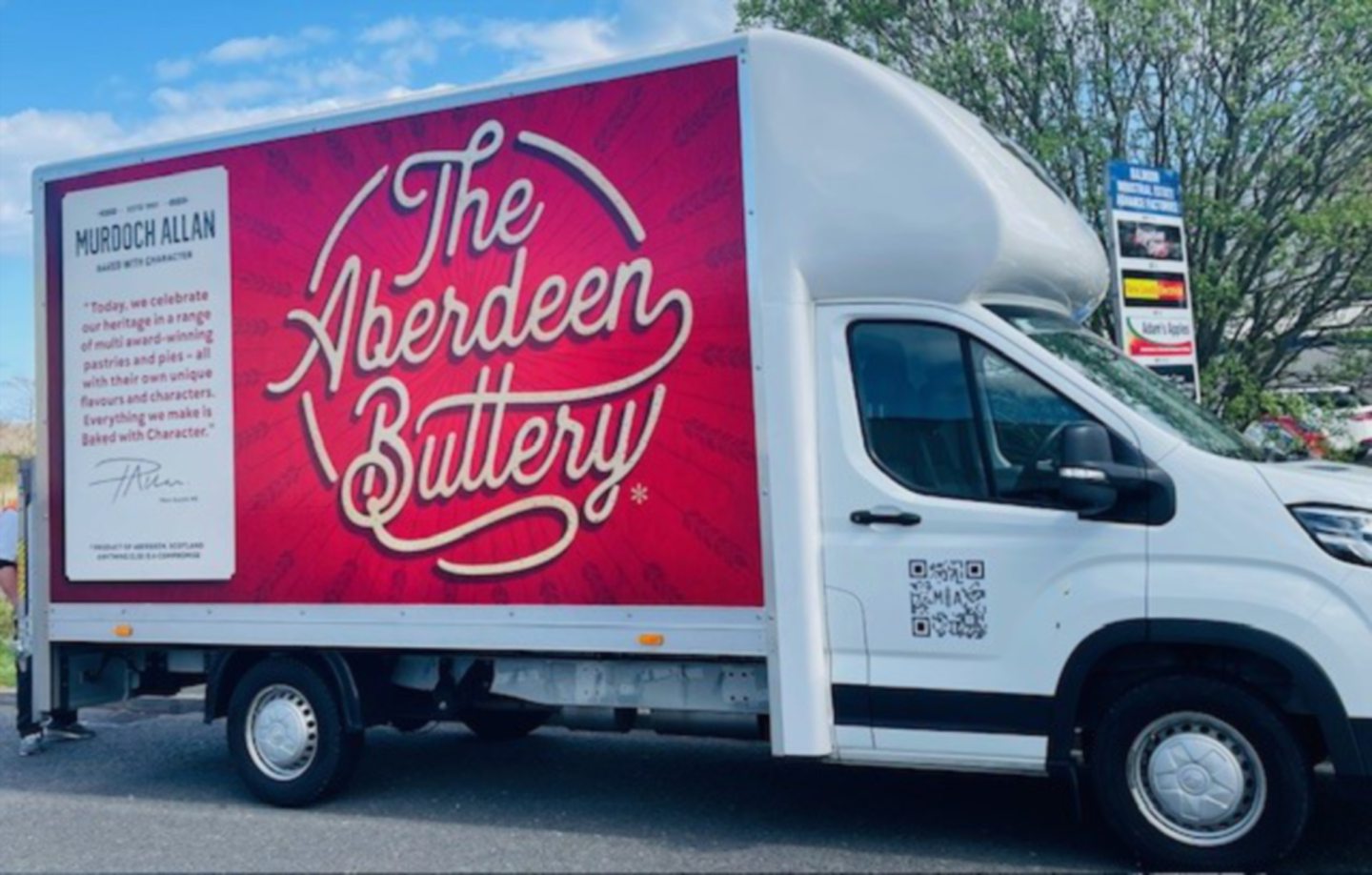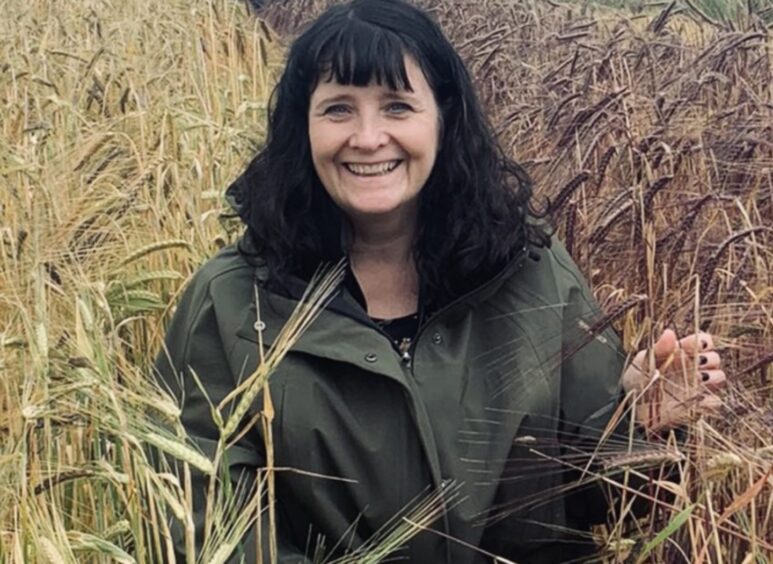Scientists at Aberdeen University’s Rowett Institute say bringing back ancient crops to Scottish fields may have huge health and environmental benefits – and make our butteries even tastier.
Traditional varieties of barley, buckwheat and cabbage have been found to have greater nutritional value than their modern relatives and require far less help to grow.
Rowett Institute scientists are exploring new ways to get old plants back into the food chain.
The institute recently teamed up with renowned north-east bakery firm Murdoch Allan to improve the nutritional quality of rolls, oatcakes and butteries with barley, buckwheat and hemp.
It is hoped the first-of-its kind project will reach people living with or at risk of metabolic disorders such as type two diabetes and cardiovascular disease.
The scientists say it may also contribute to climate and biodiversity targets.
The barley being used is a specialised food type, similar to that grown in Scotland hundreds of years ago.
It is not like the modern barley used in whisky production, which is low in nutrients.
The traditional crops have been shown through human studies to reduce hunger and modulate blood glucose, as well as to lower blood cholesterol.
They are also higher in fibre, beta-glucans and micronutrients.
‘This project will benefit hard-to-reach communities’
Wendy Russell, a professor at the Rowett Institute, said: “The older and wilder relatives of modern crops are starting to gain prominence again due to their nutritional and environmental benefits.
“In Scotland we grow a lot of barley but very little of it is actually eaten. Most goes to brewing and animal feed.
‘Better for the environment’
“We need to look at getting older varieties back into the food chain which are higher in fibre, beta-glucans and micronutrients, which are important for human health.
“Using traditional barley in baked goods would mean less fortification.
“And because it requires fewer pesticides and input to grow and can withstand climate fluctuations, it’s better for the environment.”
She added: “We are delighted to be working with Murdoch Allan on this new project, which has the potential to make a big difference.
“They are looking at changing the recipes of some of their most popular items to make them more nutritious, by supplementing wheat for barley, buckwheat and hemp.
“The items will be sold in supermarkets across the country and it is hoped they will positively impact hard-to-reach communities.”
The two-year project is funded by Innovate UK’s Better Food for All programme.
A total of 47 winning projects across the UK will each receive a share of £17.4 million to improve food quality, create functional foods, boost nutrition, develop new proteins, and extend the shelf life of healthy and fresh foods.



Conversation